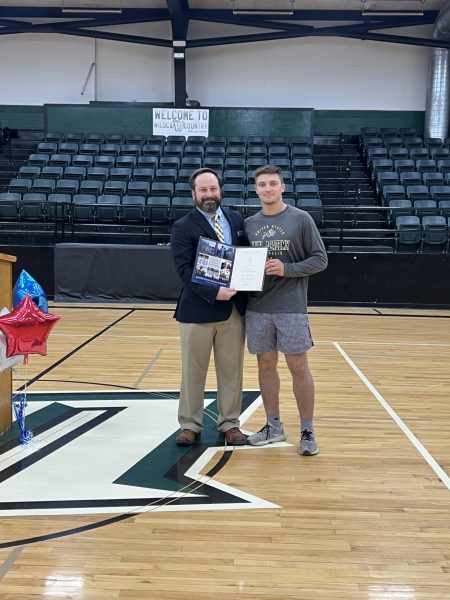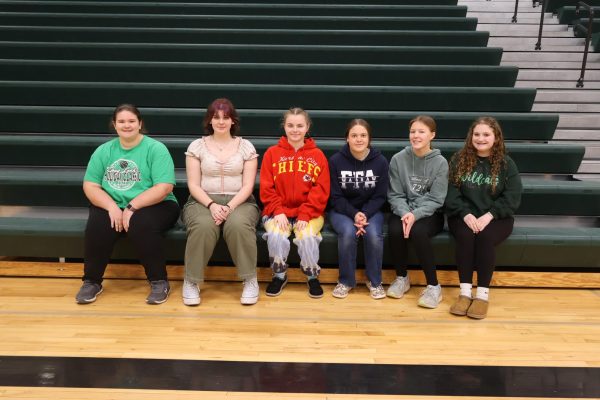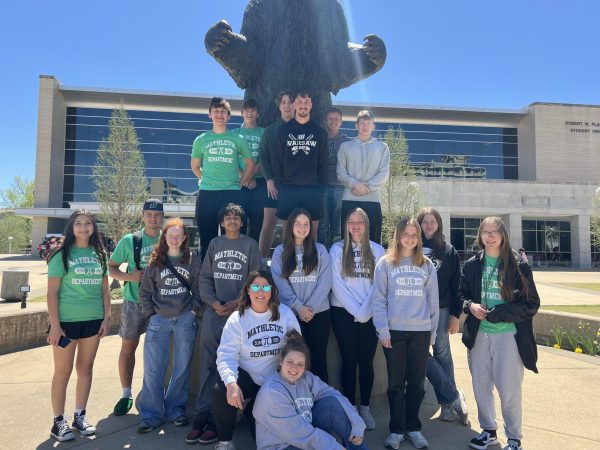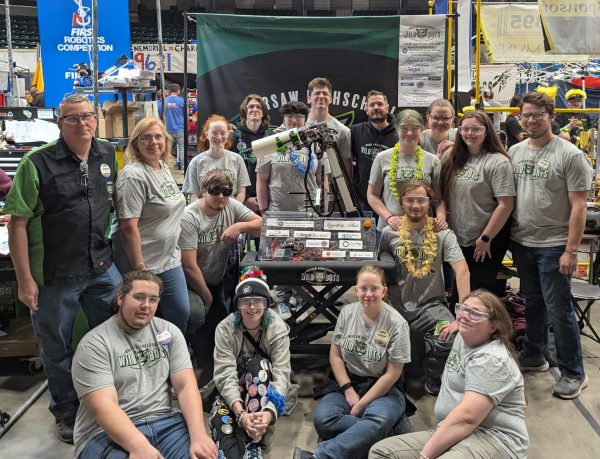Teens admit to distractions while driving, focus on staying safe
As young students begin to earn the privilege to drive, they are also faced with a sometimes scary responsibility. Mistakes behind the wheel can be more life-changing then failing an English test.
According to an article produced by AAA, “Distraction and teen crashes even worse than we thought,” the most common forms of distraction leading up to a crash by a teen driver included: Interacting with one or more passengers in the car resulting in 15 percent of crashes, cell phone use resulted in 12 percent of crashes, looking at something in the vehicle resulting in 10 percent of crashes, looking at something outside the vehicle resulting in nine percent of crashes, singing or changing the music resulting in eight percent of crashes, grooming resulting in six percent of crashes, and reaching for an object resulted in six percent of crashes.
While many students consider themselves safe drivers, they do admit to some potentially dangerous behaviors behind the wheel.
According to statistics from the Federal Communications Commission article “The Dangers of Texting and Driving,” The National Highway Traffic Safety Administration reported that in 2012 driver distraction was the cause of 18 percent of all fatal crashes – with 3,328 people killed – and crashes resulting in an injury – with 421,000 people wounded.
Sophomore Naomi Meyers thinks using a phone excessively while driving is one of the biggest dangers. Meyers admits to getting distracted by other people in the car while she drives.
She also admits to talking on the phone while driving, but only “if it is important, like, my parents,” Meyers said.
Junior Cade Chiles said he is a good driver, but Chiles admits to getting distracted by friends in the car and talking on the phone, but only when his mom calls. He does not text and drive.
Chiles doesn’t drive with one hand but that is because he drives a manual. He thinks the biggest
danger on the road is other people.
“Some people are dumb,” Chiles said.
The FCC article reported the Virginia Tech Transportation Institute found that text messaging creates a crash risk 23 times worse than driving while not distracted.
Senior Marissa Brown thinks she is a safe driver. She gets distracted by her friends in the car sometimes. Brown estimates that 50 percent of the times she uses one hand while driving. She thinks one of the biggest dangers for teenage driving is driving under the influence of alcohol.
According to the FCC reported statistics in “The Dangers of Texting and Driving,” studies show that talking on the phone while driving is equivalent to having a blood alcohol level of 0.08.
Senior Mary Porter thinks she is a good driver.
“Sometimes I’ll look at squirrels or adjust the radio while driving.” Porter said.
She sometimes gets distracted by friends, and may occasionally call her mom while driving. She usually only has one hand on the wheel.
Porter said, if the teen driver is being safe, the biggest threat on the road is other drivers.
Junior Johna Newman said the only thing she does that is unsafe is adjust the radio. She does not text or talk on the phone while driving and has both hands on the wheel 50 percent of the time.
“I think I am a safe driver, maybe a little over safe,” Junior Johna Newman said.
One of the biggest dangers she encounters is navigating hills or sharp turns.
Junior Frank McMillin thinks he is a safe driver, however, while in town he may not wear his seatbelt, but he does elsewhere. He admits to getting distracted by friends in the car.
“I like to talk to friends and I talk with my hands,” McMillin said.
He seldom uses his phone while driving. He has both hands on the wheel at least half of the time he is driving, and he thinks that phones in general are the most dangerous things about teenage driving.
The FCC reported that forty percent of all American teens say they have been in a car when the driver used a cell phone in a way that put people in danger, according to a Pew survey.
Senior Jesse Stantorf thinks that deer are one of the biggest dangers for teenagers who are just learning to drive. He thinks he is a safe driver although he uses one hand 30 percent of the time he drives. He doesn’t talk or text on the phone while driving.
Sources: http://newsroom.aaa.com/2015/03/distraction-teen-crashes-even-worse-thought/
https://www.fcc.gov/consumers/guides/dangers-texting-while-driving

Lee Newell is a sophomore and in his first year in newspaper journalism. He runs in track, and is in Defend the Youth, which is an organization to defend...










